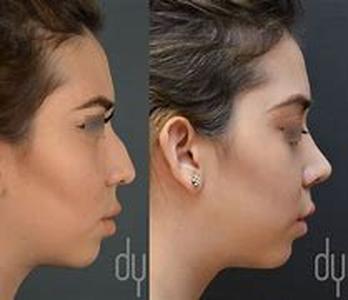
One Of The Most Common Forms Of Arthritis, Rheumatoid Arthritis (RA) Is A Chronic Disease, Characterized Mainly By Inflammation Of The Lining, Called Synovium, Of The Joints. The Condition Can Lead To Damage In The Long Term Of The Joints, Thus Resulting To Chronic Pain, Loss Of Function, And Eventually, Disability.How It ProgressesNormally, Rheumatoid Arthritis Progresses In Three Stages:First Stage: The Synovial Lining Found In The Joint Where Bone Ends Meet Experiences Swelling. This Leads To Pain, Warmth, Stiffness, And Redness Around The Joint. The Swelling Of The Synovium Is Caused By A Reaction Of The Immune System, Which Is Activated By As Of Yet Unknown Trigger, Leading The Lymphocytes To Send Their Chemical Messengers, Called Cytokines, To The Affected Area.Second Stage: Reacting To The Inflammation, The Synovium Undergoes Rapid Cell Division, Called Pannus, Thus Leading To A Thickening Of The Synovial Lining. This Progression Leads To More Pain For The Patient.Third Stage: With The Synovium Thickened, The Inflamed Cells Around It Release Enzymes. These Enzymes Contain Chemicals Capable Of Digesting Bone And Cartilage, Tissues That Make Up The Joint Because Of Their Involvement In Overall Shape And Realignment Of The Bones And Muscles. When The Bone And Cartilage Are Attacked, The Joint Loses Its Shape And Alignment, Resulting To More Pain And Even Loss Of Movement.NatureRheumatoid Arthritis Is A Chronic Disease. That Means, It May Progress Indefinitely And May Not Go Away Entirely. While It Is Quite True That The Symptoms Of Rheumatoid Arthritis May Disappear For Some Time, Frequent Flares May Also Occur. In Addition To Being A Chronic Disease, Rheumatoid Arthritis Is Also A Systemic Disease. This Means That It Can Affect Other Organs In The Body, Like The Skin, Blood Vessels, Lungs, And Heart. DiagnosisTo Effectively Combat Rheumatoid Arthritis, Early Diagnosis Is Imperative. There Have Been Several Reports About How Aggressive Treatment Approach To The Disease In Its Early Stages Can Be Quite Effective In Halting Its Progression. But It Should Be Noted That Most Treatment Approaches To Rheumatoid Arthritis Currently Is To Reduce The Pain Caused By The Disease And If Possible, Prevent The Disease From Progressing Any Further.In Order To Diagnose Rheumatoid Arthritis, The Patient Must Meet With The Doctor First. Blood Tests And X-rays Are Then Obtained To Identify If The Type Of Arthritis You Have Is Indeed Rheumatoid Arthritis (there Are Many). Along With The Blood Tests And X-rays, The Doctor Will Also Review The History Of Symptoms And Examines The Joints For Inflammation And Deformity. He Will Also Check The Skin For Rheumatoid Nodules (a Common Sign Of Rheumatoid Arthritis) And Other Parts Of The Body For Inflammation. In Most Cases, Diagnosis Depends On The Distribution Of Joint Inflammation As It Would Be Difficult For The Doctor To Make The Diagnosis For Rheumatoid Arthritis Since Uneven Distribution Of Inflammation May Be The Result Of Infection Or Gout. One Of The Signs Of Rheumatoid Arthritis Is Symmetrical Distribution (affecting Both Sides Of The Body) Of Join Inflammation In The Small Joints Of The Hands, Wrists, Feet, And Knees. Rheumatoid Nodules, Their Presence, May Also Suggest Diagnosis.





